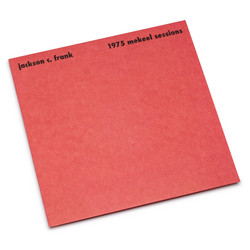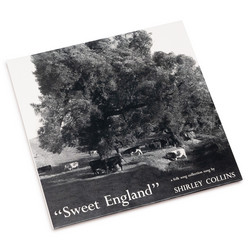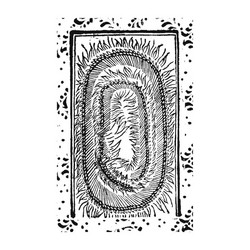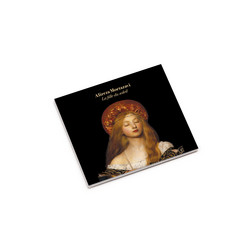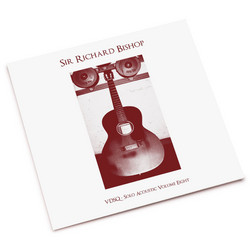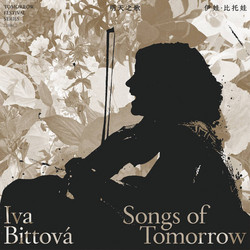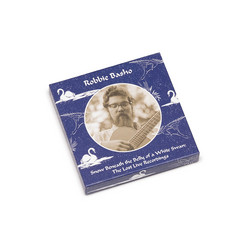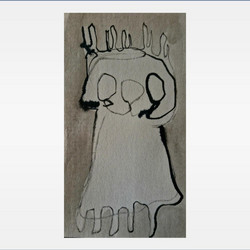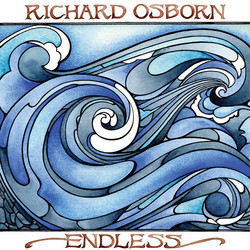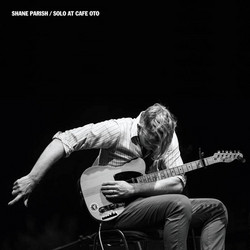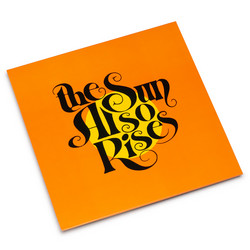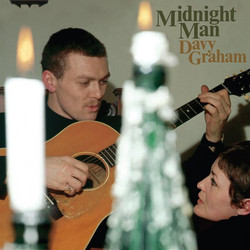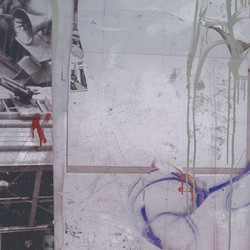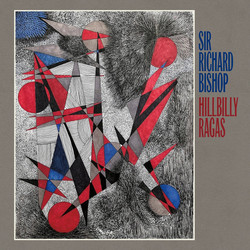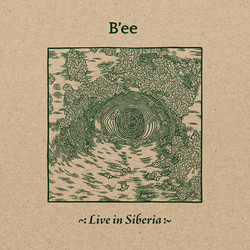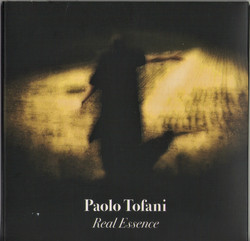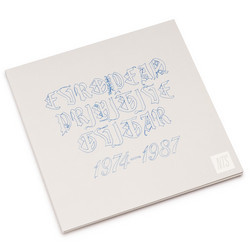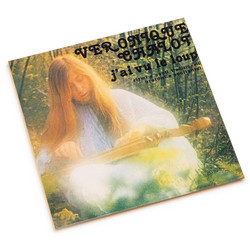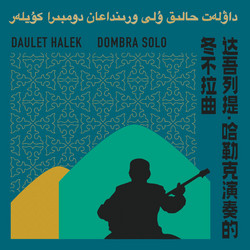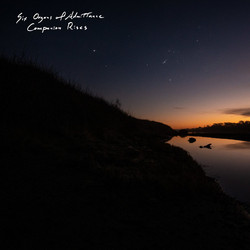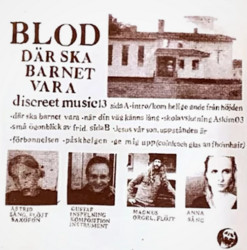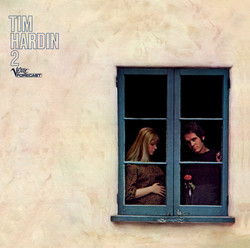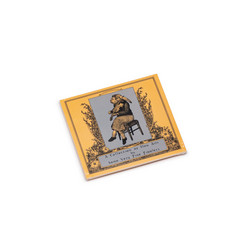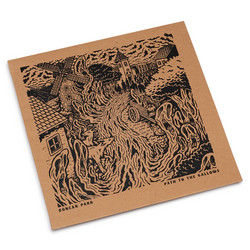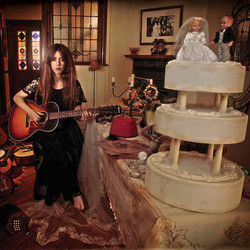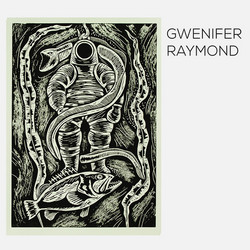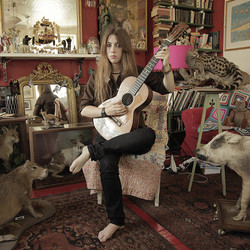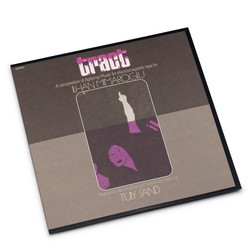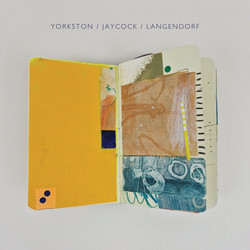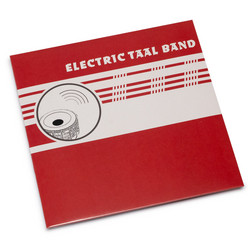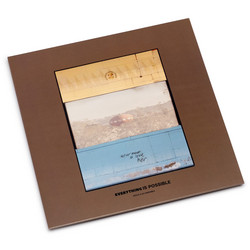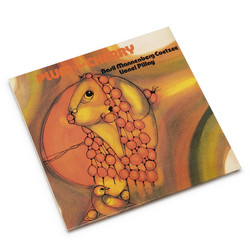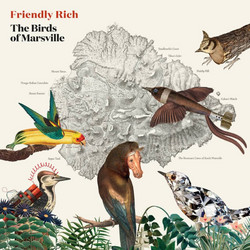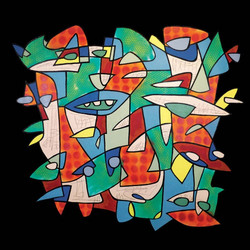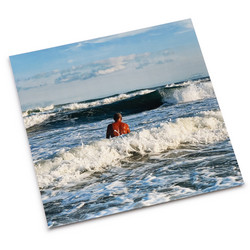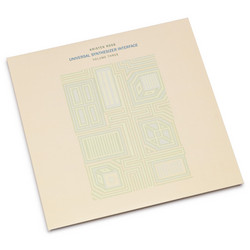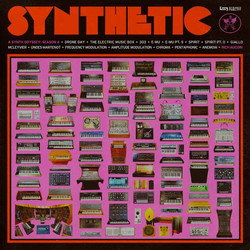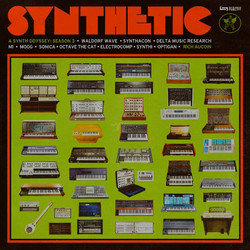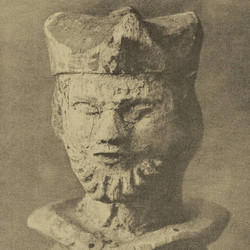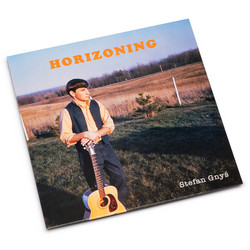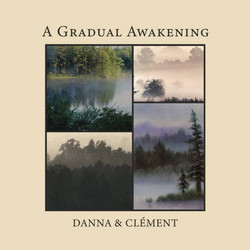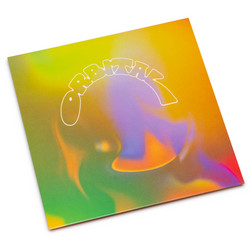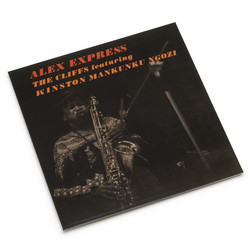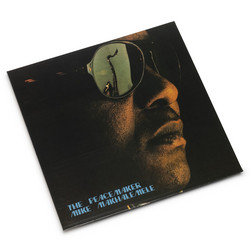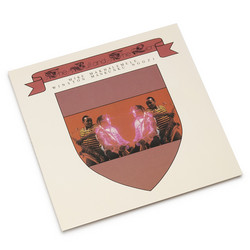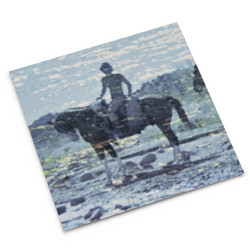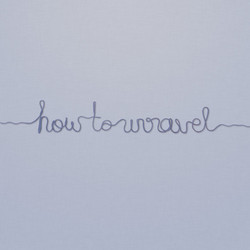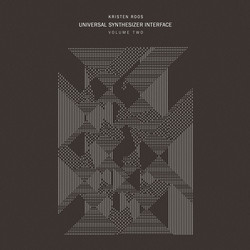Gwenifer Raymond
Last Night I Heard the Dog Star Bark (LP)
With Last Night I Heard the Dog Star Bark, Gwenifer Raymond stakes her place as one of the most vital voices within contemporary American primitivism—despite her Welsh roots and Brighton base. The album, her first for the We Are Busy Bodies imprint, carves out a landscape of spectral folk blues, haunted ragtime, and brooding fingerstyle compositions, driven by influences from Roscoe Holcomb, John Fahey, and Skip James, but also by the eccentricities of Jack Rose and cosmic anxiety. Raymond’s guitar and banjo techniques are nothing short of formidable, each track pouring out urgent streams of plucked strings that seem born of both Appalachian myth and the darker edges of UK folk.
Her themes traverse from otherworldly musings—rocket scientists and night skies—to the gritty marrow of delta blues; album opener “Banjo Players of Aleph One” introduces a drone-flecked rootsscape, tracing the tension between earthy reality and science fictional dreams. Throughout, Raymond’s compositions embrace the gothic and the melancholic, layering unrestrained picking with hypnotic, near-ecstatic repetition. Even moments of calm (“Bliws Afon Tâf”, “Dreams of Rhiannon’s Birds”) glow with a sense of underlying unease, proof of her ability to evoke mood as much as melody. The title track itself surges with haunted motifs, a lurching blues groove dissolving into sliding harmonics that linger in the air well after the strings fall silent.
If Last Night I Heard the Dog Star Bark stands apart, it is due to Raymond’s fearless narrative command and willingness to wander—her guitar is equal parts spell and antidote, chasing storms and offering solace. In a genre where technical fireworks often overshine substance, Raymond balances dizzying skill with restraint, opening the door to silence as part of the story. Each composition is an exercise in mystical storytelling, a journey across haunted woods, cosmic blues, and melancholic twilight. For listeners drawn to instrumental folk or rootless tradition, her work offers not comfort but challenge—inviting close attention, rewarding repeated play with new layers, and spinning narrative from sheer sound.
